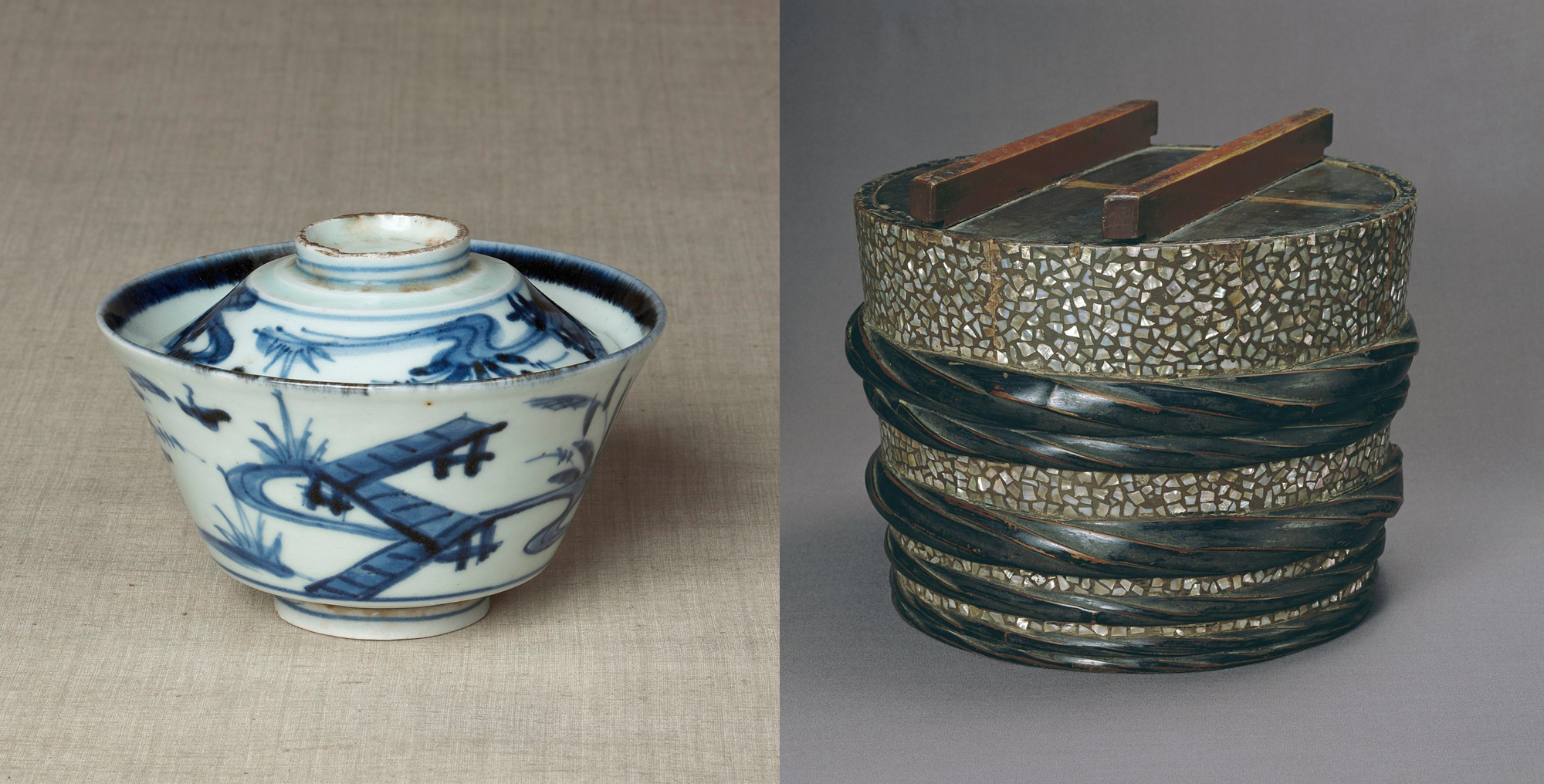'Japanese Tableware" at The Japan Folk Crafts Museum includes 150 pieces ranging from the 16th to 20th centuries — including pottery, porcelain and lacquerware from Japan, Korea and China — collected by the museum's founder, Soetsu Yanagi (1889-1961). The exhibition reveals both the beauty of everyday Japanese tableware and the exquisite workmanship of elaborate pieces used for formal occasions.
The birth of the Japanese mingei (folk crafts) movement in the 1930s was a defining moment for the arts in Japan. Yanagi, along with two of the leading Japanese contemporary potters of the time, Shoji Hamada (1894-1978) and Kanjiro Kawai (1890-1966), was responsible for establishing the term "mingei" to celebrate the artistry of utilitarian objects created for everyday use. To promote this movement, Yanagi built a collection of everyday crafts and founded The Japan Folk Crafts Museum in Tokyo in 1936 to showcase the works to prove to the Japanese people that such items should be prized and appreciated for their artistic worth.
"Japanese Tableware" highlights the passion with which Yanagi incorporated these arts into his life, displaying the actual dining and personal tableware that his family used when they gathered for meals. A pair of husband-and-wife tea cups (meoto yunomi) created by Hamada, are so named because the man's cup is sightly larger than the woman's. The simplicity of this set's design, with an indentation that runs around the middle of each cup for easy gripping, and its muted gray color exemplifies the aesthetic of the modern mingei movement.


















With your current subscription plan you can comment on stories. However, before writing your first comment, please create a display name in the Profile section of your subscriber account page.